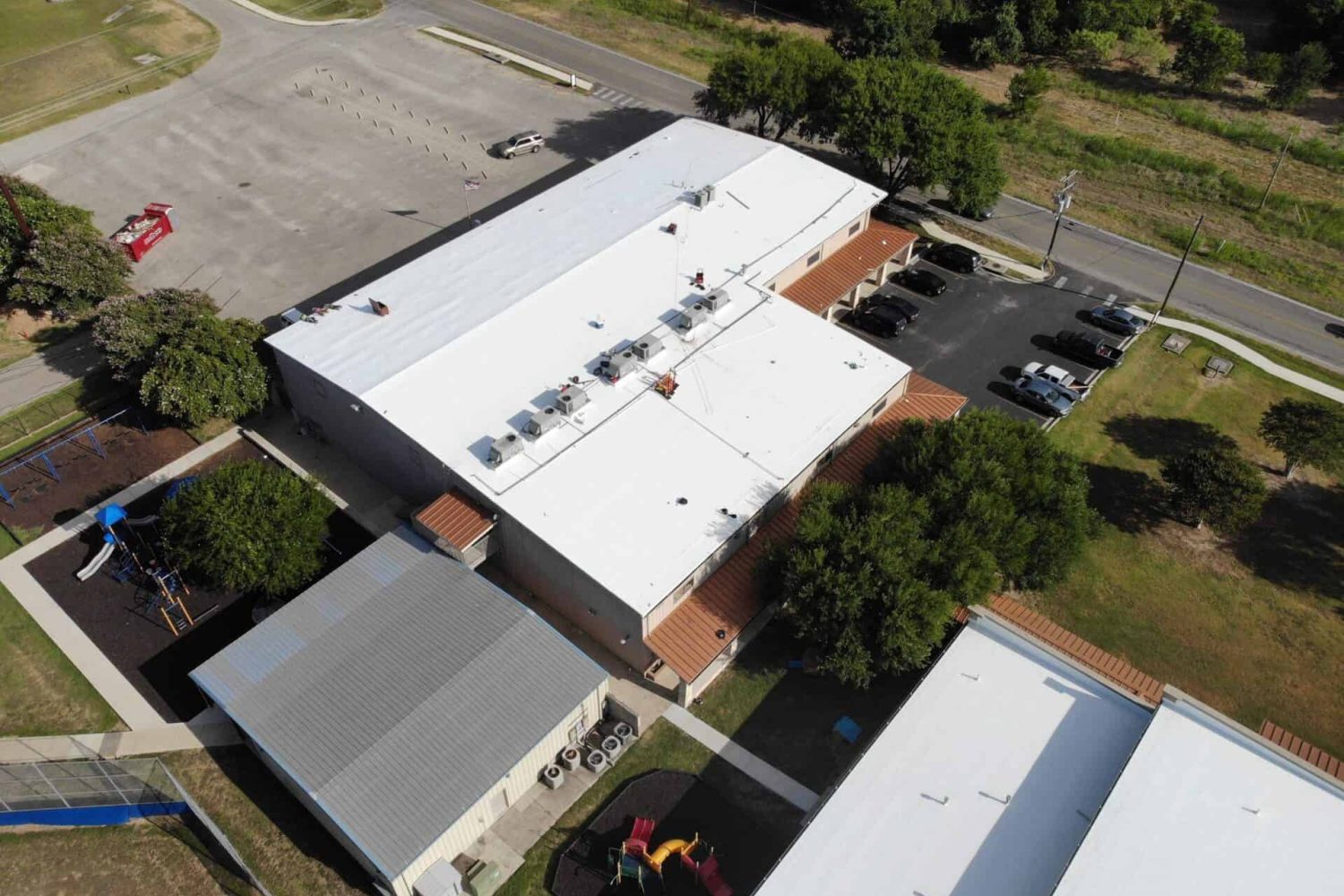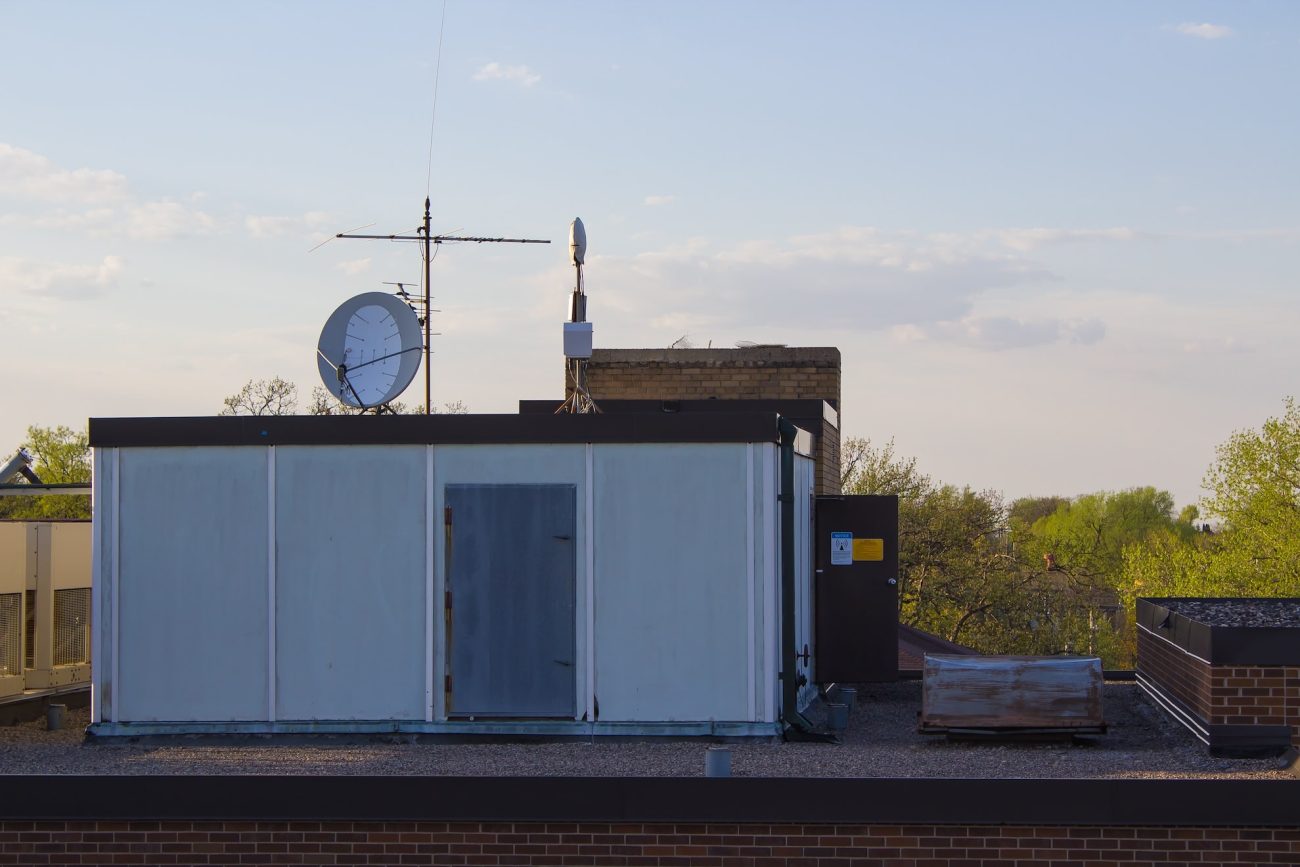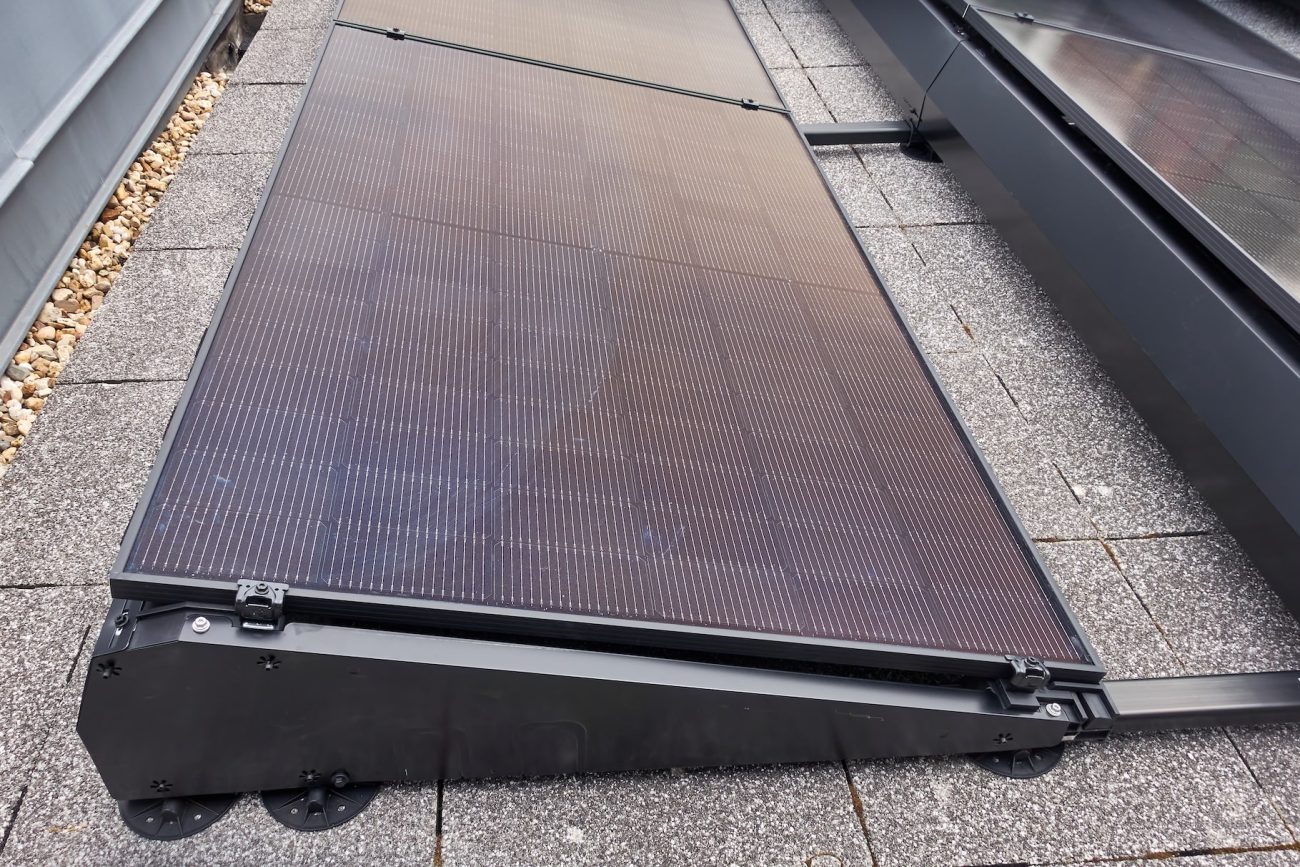As a commercial property owner, facility manager, or general contractor, finding the right roofing system for your flat or low-sloped roof means balancing cost, performance, and structural compatibility. In Minnesota, where harsh winters and extreme weather can take its toll on any roof, you also need to weigh your options with systems that are both strong and easy to repair. One time-tested flat roof option is a ballast roof system. To help you make the right choice for your needs, let’s take a look at ballasted roof systems and discover what they are, when they work best, and how they can align with your need for a durable, cost-effective option.
What Is a Ballast Roof System?
The search for cost-effective commercial roofing options is nothing new.
Modern ballasted roofing systems as a solution for flat commercial roofs started in the 1960’s and is one of the oldest flat roof systems still on the market today, although the type of ballast has evolved over the decades.
Ballasted roofing is a flat or low-slope roofing option where a single-ply, waterproof roofing membrane is laid over a layer of insulation on your roof deck and then is held down by the weight of ballast, made of gravel, soil, or pavers. There is usually a protective layer, made of polypropylene fabric, rubber mats, or PVC tiles, laid between the membrane and the ballast. This layer helps protect the membrane from being punctured or damaged by the heavy ballast material and also provides a flat, stable surface for the ballast to be laid. This method differs from other systems where the roofing membrane is secured using adhesives or fasteners.
When ballasted roofing systems were first introduced, the ballast was crushed, washed river stone, but evolved with the use of pavers which allow for better access and even the construction of walkways. More recently, ballast has evolved further with the introduction of soil, which is then used for planting a vegetative layer and creating green roofs.
Despite being a decades old method, ballasted roofing remains a popular flat roof option because of certain cost-effective benefits, including:
- Durability
- Ease of installation
- Comparatively low maintenance
Common Materials Used
Roof ballast materials include a waterproof layer or membrane usually made of ethylene propylene diene monomer (EPDM) or Thermoplastic Polyolefin (TPO) and ballast made of flat, smooth stones or pavers.
EPDM membrane roofing is a synthetic rubber that can hold up under extreme temperatures and harsh weather conditions. It offers a durable, water-resistance option for flat or low-slope commercial buildings.
A TPO membrane is a flexible, synthetic material that is known for its reflective properties, which can improve a building’s energy efficiency.
Benefits of Ballasted Roofs in Cold-Weather Climates
When it comes to climate and commercial roofing, Minnesota, as a cold-weather state, offers challenges. Finding a system that performs well in extreme temperatures, harsh weather conditions, and frequent storms is important. Ballasted roofs come with several advantages for cold-weather climates like Minnesota that require strong, durable roofs.
Wind Uplift Resistance
The heavy ballast that is a part of the ballasted roofing system protects against storms and is resistant to wind uplift.
Thermal Roofing Performance
The ballast material provides an extra layer of insulation and helps reduce heat loss during long, cold winters.
UV Protection
As well as being a layer of insulation, ballast material also shields the waterproof roofing membrane from solar damage, which can degrade the material faster and wear down its waterproofing properties.
Durability
Ballasted roofs possess fewer points of possible failure because the membrane is not punctured with fasteners or held down with adhesives, which can degrade faster than membrane materials.
Cost-effectiveness
Ballasted roofing systems are also known for their lower upfront material and labor costs compared to fully adhered systems, which require a longer and more complex installation process. Ballast, as a heavy, protective layer that rests on top of the roofing membrane, can extend that membrane’s lifespan by five to ten years.
A Roofing System Comparison: Ballasted Roofs Vs Other Systems
Considering your long-lasting roofing solutions means weighing your options and comparing the pros and cons of different flat roof systems. Let’s compare ballasted roofing systems with other flat roof systems.
Mechanically Fastened Roofs
Instead of relying on ballast to hold down the roofing membrane, this system relies on roof deck fasteners, usually screws and plates, to mechanically attach the waterproof roofing membrane to the roof deck. This can produce a smooth, lightweight and versatile roof surface that can be used on a wide variety of roof types, especially those with higher slopes. It can also be easier to detect leaks or damage and do repairs, since the membrane surface is more accessible. However, these roofs do cost more than a ballast roof system as installation is more labor intensive and they can be prone to punctures, especially at the site of the fasteners.
Fully Adhered Roofs
This type of roof attaches the waterproof membrane layer with an adhesive layer that bonds the membrane directly to the roof’s substrate. This creates a lightweight option with excellent wind uplift resistance along with reduced condensation build up. It is also an aesthetically pleasing option. It does, however, have a higher price tag than other roof types due to its more complex installation process. For the adhesive to fully bond, it also has to be applied under the proper weather conditions, which makes installation more complicated in cold weather areas.
Things to Consider Before Choosing a Ballasted System
Despite its many advantages, there are still many questions to consider when looking at a ballasted roofing system for your commercial buildings.
Structural Load Capacity
Ballast is heavy, so before choosing to install a ballasted roof, you do need to know the structural load capacity of your building.
Accessibility
Ballast can have accessibility barriers when it comes to roof maintenance. You need to understand what these barriers are and whether you need regular roof access to maintain your building.
Drainage
Flat roof drainage is an important factor and adding a ballast roof will change how this is managed. Know how your drainage is managed before making a roofing decision.
Insurance and Energy-efficient Roof Rebates
Learn more about your insurance options when it comes to a ballast roofing system. You will want to know if your building qualifies for insurance, especially roof wind protection, with this type of roof. Also, energy-efficient roof rebates can be a possibility for certain types of roofs. Find out if your building qualifies with this system.
Local Code Requirements
As with all building projects you need to know if your building and the roofing decisions you are making will meet local code requirements for wind, slope, and fire resistance.
Solar Panel Installation
Solar panels are becoming a more popular energy source for more and more buildings. Decide if solar panel installation is something you are planning for now or the near future before you decide on what type of roof to install.
Summit Construction Group can help you answer these questions and others you may have before you make your final decision on what flat roofing option is right for you.
Maintenance Tips and Lifespan of a Ballasted Roof
Commercial flat roof maintenance is always a consideration when choosing a flat roofing system that will work for your needs. Properly maintaining your roof will extend its lifespan, so knowing what types of maintenance will be required is helpful to know upfront.
Unlike other systems where the roofing membrane is exposed to the elements, ballast provides a protective layer over the membrane, reducing degradation and physical damage from direct exposure to sun, hail, rain, or other elements. This makes it less prone to premature degradation and damage.
Repairs can often also be easier as the ballast can be removed to access damaged areas. Locating leaks or damage, however, can be more difficult because the membrane is covered. Heavy foot traffic on the ballast can also puncture the membrane.
A ballasted EPDM roof typically lasts between 25 to 30 years if properly maintained with routine upkeep and repairs.
Maintenance Tips
- Routine inspections, including gravel displacement, membrane punctures, and blocked drains is highly recommended.
- Schedule inspections at least once a year and after any major storms, which are often the cause of roof damage.
- Strong winds or storms can move the ballast, causing exposure and requiring the ballast to be redistributed or replaced.
- Water pooling and the formation of ice dams can be an issue. Making sure your drainage system is well-designed for these issues is important.
Summit Construction Group offers roof inspection services and roofing assessments that can help you protect your investment for the long haul.
Is a Ballasted Roof Right for Your Property?
Ballasted roofing systems can be good options for:
- Large commercial or industrial buildings
- Flat roofs with minimal foot traffic
- Budgets requiring low upfront costs that produced good structural performance
- Buildings where aesthetics are not a primary concern even though ballast is not visible from the street
The Final Word on Ballasted Roof Systems
Choosing the right roofing system for your property is a balancing act that weighs cost, performance, and structural compatibility. The Summit Construction Group’s team of experts specializes in matching different building types with the right commercial roofing solution. A professional evaluation or consultation with Summit Construction Group’s team can help you make the right choices for your roofing needs.
Contact Summit Construction Group for a custom evaluation that will help you weigh your options and strike the right balance for your roofing system.



